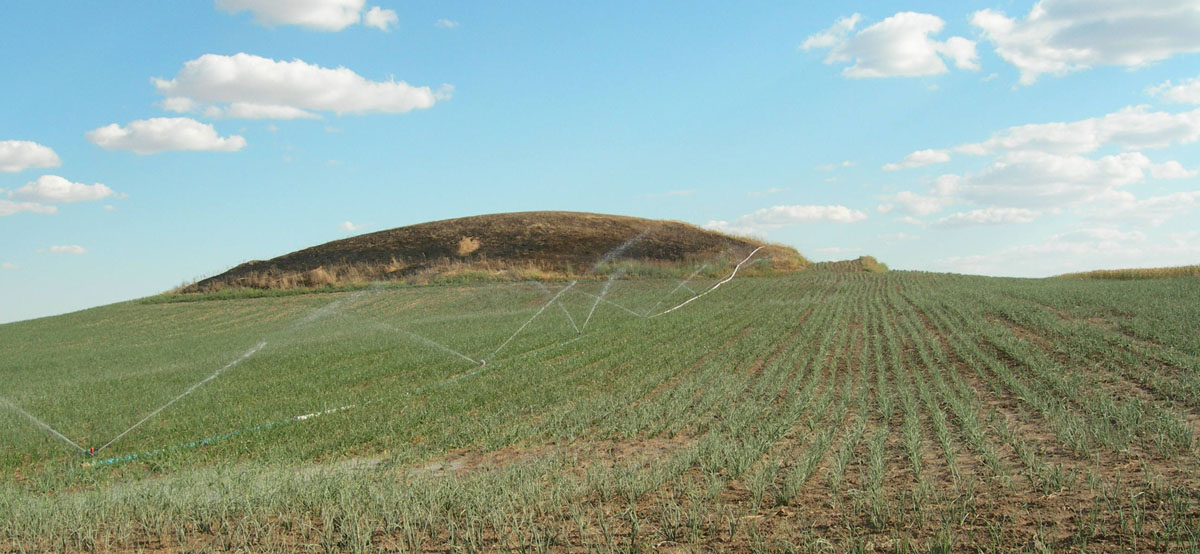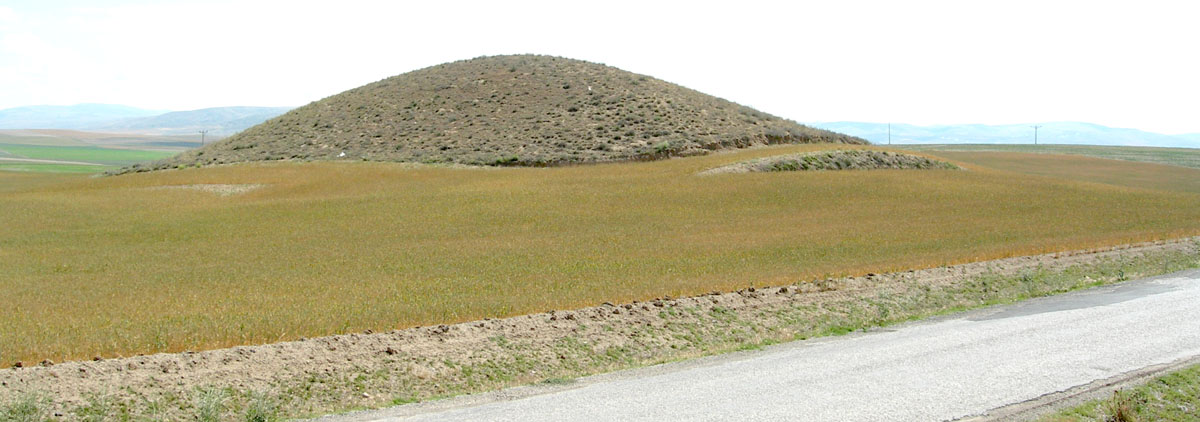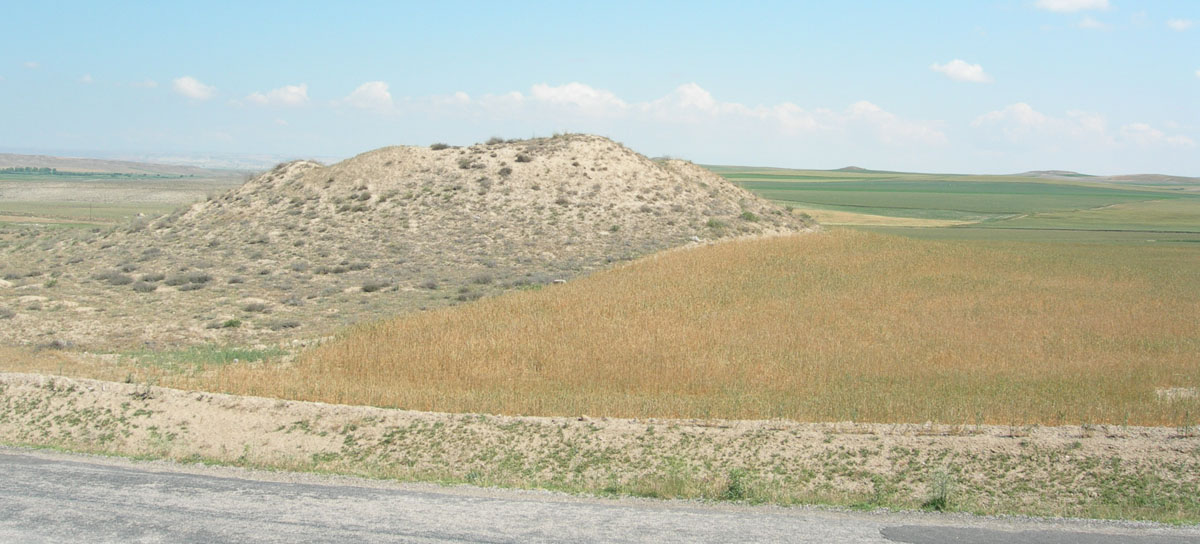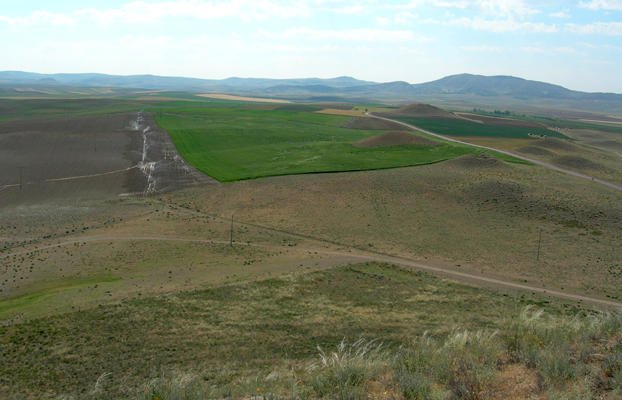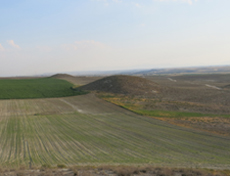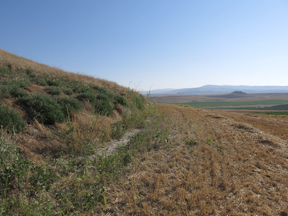New movie!
Goat to Sweater
New! Walking Tours around Gordion
Download webpages to your electronic device, or bring a printout of the pdf; wifi
will not be available out in the field.
Gordion Landscape Overview, the view from Tumulus P
[Download pdf]
Gordion: Tumulus MM Circuit, for the views inside
and outside the great Tumulus [Download pdf]
Gordion: The Historical Landscape, a longer walk
gives a better sense of the landscape; try to go early in the morning or late in the
afternoon [Download pdf]
Gordion Citadel Mound Circuit, a supplement to the
excellent signage posted at the site [Download pdf]
Yeni! Gordion Çevresinde Yürüyüş Turları
Tur sırasında kablosuz internet
bağlantısı olmayacağı için sayfayı elektronik
cihazınıza indirmeniz veya önümüzdeki gelen ekteki pdf
dökümanlarının birer çıktısını alıp
yanınızda bulundurmanız
tavsiye edilir.
Gordion Peyzajı, Tümülüs P'den görünümü
Tümülüs MM Turu, büyük
tümülüsün hem içini hem de dışını
yakından incelemenizi sağlar.
Gordion: Tarihi Peyzaj, uzun bir
yürüyüş peyzajı daha iyi anlamamıza yardımcı
olur; bu tura sabah erken saatlerde veya akşama doğru gitmeniz tavsiye edilir.
Gordion İçkale Höyüğü Turu, sit alanındaki
bilgilendirme levhalarını tamamlayıcı bir turdur.
Önümüzdeki gelen tur
Gordion watercolors:
Gordion Tumulus update: irrigation continues; in addition to destroying the tumuli,
it is also changing the water balance so that the endemic steppe plants are disappearing
rapidly.
